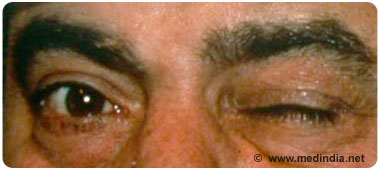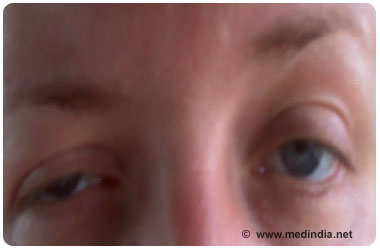Diagnosis of Eye Twitching / Blepharospasm
Simple eye twitching that lasts for a few hours or a day or two does not require any testing but needs to be differentiated from similar conditions.
Even for Chronic or essential blepharospasm there are no laboratory tests or imaging techniques that confirm the diagnosis.
Diagnosis is based on a careful history taken by the doctor and a complete neurological examination.
By the history and examination the eye doctor essentially tries to rule out secondary causes of involuntary eye closure.
There are a few conditions that resemble blepharospasm and these include -
Tics: They are usually suppressible and may be associated with other stereotypic abnormal movements.
Hemifacial Spasm:
Blepharospasm and Hemifacial spasm are frequently discussed together because of their similarities in symptoms and signs. However they should not be confused one for another as they are two distinct neurological entities. Hemifacial spasm occurs on one side of the face and complete closure of the eyes is usually accompanied by pulling of the lower face and mouth towards the ear. Hemifacial spasm is caused by the irritation of the nerve supplying the facial muscles called facial nerve at its exit from the skull. Whereas chronic blepharospasm is an involuntary eyelid closure of that has origin in the central nervous system and is a form of focal dystonia.

Ptosis (drooping of the eyelids) - may also resemble Blepharospasm. It is caused by weakness or paralysis of a muscle (levator) of the upper eyelid. The eye may appear partially or completely closed respectively. It is usually a constant phenomenon and does not occur periodically. Also, there is no forced closure of the lid. Certain tests like Tensilon test and EMG are done in case of doubt.












